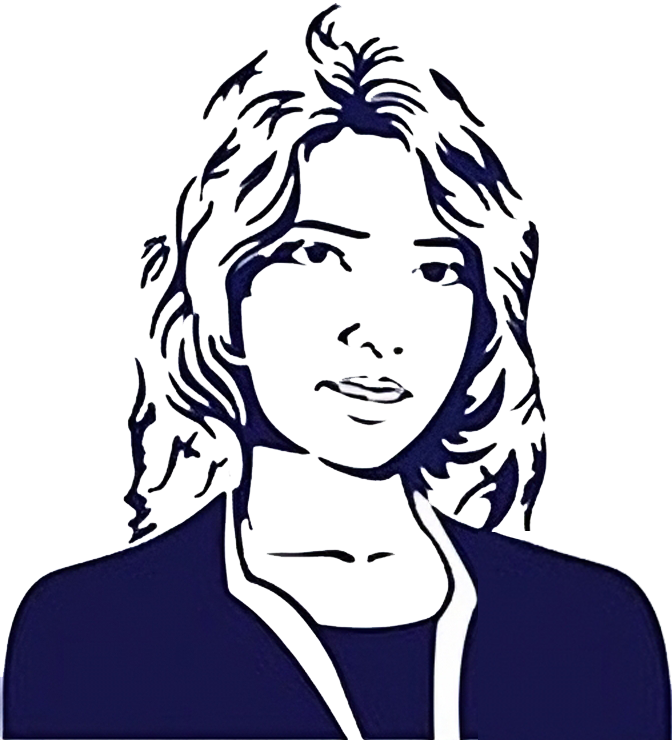Body Dysmorphic Disorder: What Does It Mean?
Body dysmorphic disorder (BDD) is a condition characterized by an obsessive concern over an imagined flaw in one’s appearance. Typically, individuals with BDD focus on perceived defects in their hair or skin. The essence of this disorder lies in the persistent belief that a physical flaw exists, even if it’s not apparent to others. It’s common for women to be more affected by BDD than men, with onset typically occurring between the ages of 15 and 20.
Individuals grappling with BDD often experience symptoms of depression and social anxiety due to their incessant preoccupation with their perceived imperfections. The inability to control these negative emotions and thoughts can significantly disrupt their daily lives, leading to emotional distress and interference in various aspects of their well-being.
Cognitive Behavioral Therapy (CBD)
Cognitive Behavioral Therapy (CBT) is a form of psychotherapy designed to help individuals manage negative thoughts and shift their patterns of thinking. It is particularly effective in addressing uncontrolled anxiety and symptoms of depression. In some cases, individuals may resort to plastic surgery to correct perceived flaws, although this often fails to provide lasting satisfaction.
Now that we grasp the meaning of body dysmorphic disorder, we can embark on a systematic and scientific approach to its treatment, whether it’s for ourselves or for loved ones displaying early signs of suffering from this condition.
Body Dysmorphic Disorder Symptoms
-
- Individuals affected by body dysmorphic disorder (BDD) will exhibit excessive concern and a noticeable preoccupation with their perceived flaws in personal appearance. Even minor physical anomalies can trigger exaggerated reactions.
- People with BDD often experience emotional distress and exhibit visible signs of social discomfort.
- They may harbor a persistent belief that others are scrutinizing them, typically in a negative light.
- Engaging in unnecessary rituals to correct or conceal perceived flaws, such as frequent mirror-checking or excessive grooming, is common.
- Continuous efforts to camouflage perceived flaws through styling or clothing choices are also typical behaviors.
- Individuals with BDD frequently compare their appearance to others and seek reassurance from them.
- It’s important to note that BDD can manifest in various forms, with individuals expressing excessive dislike towards different parts of their body, including hair, nose, legs, or arms. In women, BDD often revolves around hair-related concerns.
Body Dysmorphic Disorder Test and Diagnosis –
-
- To initiate the assessment and treatment of body dysmorphic disorder, a competent clinical specialist will first identify the signs and symptoms associated with the condition based on clinical observations.
- Initial screening for body dysmorphic disorder typically involves:
- Reviewing the individual’s psychiatric history.
- Assessing their medical background.
- Evaluating their current mental state, including any recent suicidal ideation.
- Conducting a thorough cognitive behavioral therapy assessment to identify CBD symptoms.
- Examining any depressive symptoms present.
Body Dysmorphic Disorder Treatment at NIS
Our approach to body dysmorphic disorder
Individuals grappling with body dysmorphic disorder often find themselves distressed due to issues like hair loss, eczema, or premature greying of hair. During the initial stages of body dysmorphic disorder assessment, these patients typically exhibit emotional stress, heightened concern about their appearance, social discomfort, and negative thoughts.
At NIS, we delve deeper into understanding the underlying physiological factors contributing to each individual’s dysmorphic disorder. Our initial focus is on unraveling the reasons behind the patient’s amplified perception of their issues, addressing the mental roadblocks they face. Through comprehensive clinical counseling, we aim to help patients realize that body dysmorphic disorder stems from their mind playing tricks on them, offering them a broader perspective.
Body dysmorphic disorder treatment
The primary goal of our trichologists is to alleviate the patient’s concerns about their appearance and foster a positive self-image. Body dysmorphic disorder, especially concerning hair and scalp appearance, can be effectively managed and treated at NIS, where we have a proven track record of success in addressing such cases.
Our specialists are adept at treating visible hair disorders like bald patches. Depending on the specific pattern of hair loss, our trichologists recommend tailored treatment options for restoration and cure.
Additionally, amino acids, which act as protein aids, are prescribed to help manage stress-related body dysmorphic disorder symptoms, providing holistic support to patients.


